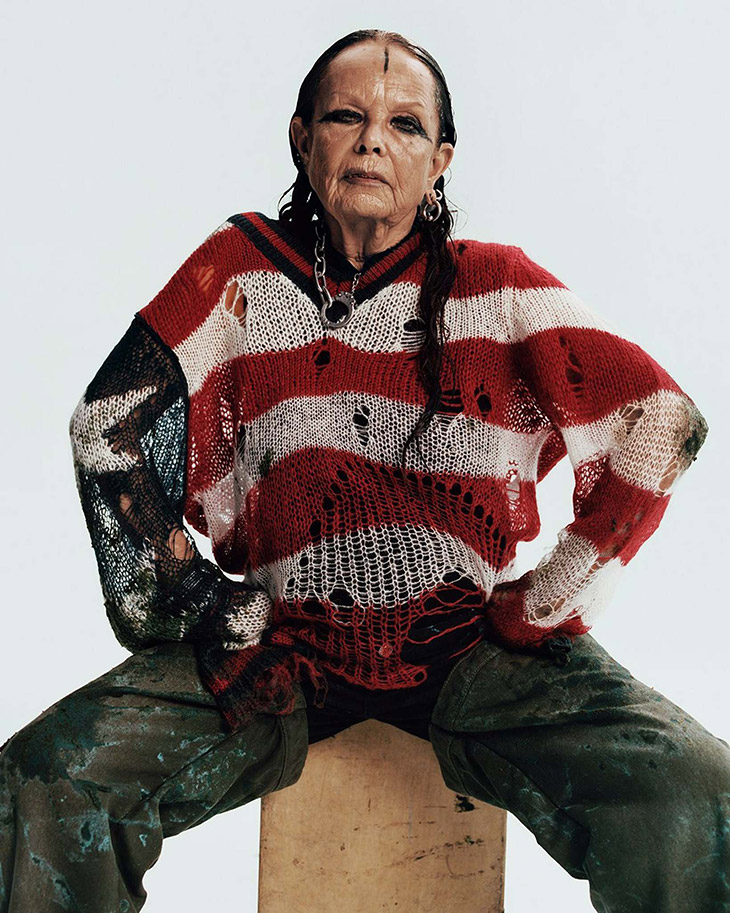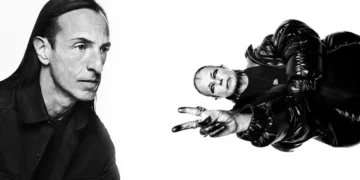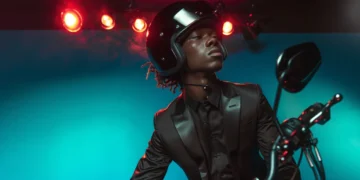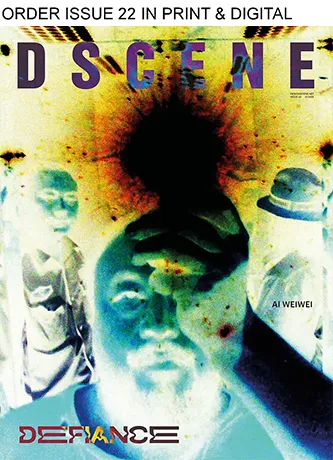
For years, Rick Owens fans have enjoyed the fantasy that they belong to a secret society. In their heads, they are the chosen few, the ones who “get it” while the rest of the world stumbles around in logo hoodies and basic sneakers. They like to believe they are in a private circle, an occult little cult, when in reality they are in what you could call Group 7: a very visible, very vocal, and very large tribe inside a brand that is now firmly part of the global fashion mainstream.
The myth of exclusivity around Rick Owens is powerful. The clothes are dark, sculptural, often aggressive. The shows lean into drama, ritual, and spectacle. The fan culture online is obsessive, with its own codes, in-jokes, and hierarchies. All of this creates the illusion that Owens is still an underground proposition, a niche label for fashion’s outcasts. But if you look at how the brand actually operates today, from open air shows to a growing network of flagship stores and global distribution, it is clear that Rick Owens is not hiding in any shadows. It is courting the masses, just in its own language.
The secret club is standing in the middle of the town square.
Part of the disconnect comes from how fans want to see themselves. To wear Rick is, for many, a personality statement. It signals that you are not part of the glossy, logo-driven luxury herd. You are supposed to be the outsider, the art kid, the club rat, the intellectual goth who reads theory and knows their Margiela references. In that ecosystem, admitting that the brand is now as widely recognized as many heritage houses would puncture the fantasy. So the narrative becomes: “We are a secret club,” even as Rick Owens sneakers walk down high streets and airport terminals worldwide.

Look at the brand’s presence. Rick Owens has a flagship on the Place du Palais Bourbon in Paris, a major store in Via Monte di Pietà in Milan, a strong presence in Tokyo, and a distribution network that spans leading luxury retailers. The furniture line is exhibited in museums and galleries. The runway shows, often staged outdoors or in monumental spaces, are covered by every major fashion publication. Clips circulate on TikTok and Instagram, where younger audiences discover the brand through viral silhouettes and dramatic staging. This is not an obscure cult label operating out of a back alley. This is a global luxury business with a very deliberate visual identity and a serious commercial engine.
The open air shows are a key part of that mainstream push. They are designed to be seen, shared, and replayed. Whether it is smoke, fire, or processional choreography, the collections are built for a world where a look needs to live both on the runway and on a phone screen. Fans may treat these shows like private rituals, but the reality is that they function as mass communication. They project the Rick Owens universe to millions who will never sit front row, but who will absolutely buy the sneakers, the outerwear, or the fragrance.
The fans in Group 7 may not want to admit that they share their uniform with thousands of others, but they do.
Then there is the retail strategy. Multiple store openings, carefully staged interiors, and a consistent architectural language all point to scale. You do not invest in that kind of physical footprint if your goal is to remain an insider secret. You do it because you want to own more of your customer, control the environment, and grow. The “Group 7” fantasy that fans cling to is in tension with the actual business model, which is about expanding the circle and turning aesthetic allegiance into sustained revenue.

To understand how we got here, you have to go back to the beginning, and to Michèle Lamy. Long before Rick Owens became fashion’s dark patriarch, he was working as a patternmaker for Lamy in Los Angeles in the early 1990s. She was already a force: a French-born designer, entrepreneur, and nightlife figure, running her own line and orbit of artists, musicians, and misfits. Their partnership is not a side note in the brand’s history. It is the foundation.
The supposed outsider has become a reference point for the very mainstream it once defined itself against
Lamy is often described as muse, but that word undersells her role. She has been a business partner, creative collaborator, and public face of the Owens universe. Her own visual identity, with her tattoos, gold teeth, layered jewelry, and gravelly voice, has become inseparable from the brand’s mythology. When you think of Rick Owens, you often think of Michèle Lamy just as quickly. She is the one who helped kickstart the business, who brought her network, her instincts, and her uncompromising taste into the mix. In many ways, she is the real star of the brand, because she embodies its spirit in motion.
As the label grew from a small Los Angeles operation into a Paris-based luxury house, Lamy remained central. The move to Europe, the alignment with Italian production, and the gradual expansion into furniture and lifestyle all happened within the framework of their shared vision. Owens may be the name on the label, but the world that fans obsess over is very much a joint construction. The brutalist romance, the sense of ritual, the embrace of imperfection and decay, the tension between glamour and ruin: these are all aesthetic and philosophical threads that Lamy has lived for decades.
Today, when fans insist that they are part of a secret cult, they are really participating in a carefully crafted mythology that Lamy and Owens built together. The irony is that the more successful that mythology becomes, the less secret it is. The silhouettes that were once shocking are now familiar. The “difficult” proportions have been absorbed into the broader fashion vocabulary. Other brands reference Rick’s language in their own collections. The supposed outsider has become a reference point for the very mainstream it once defined itself against.
Rick Owens is mainstream now. Deal with it. The cult did its job too well
None of this makes the work less interesting. If anything, it makes the story more honest. Rick Owens is a mature, global brand that speaks to a large audience while maintaining a strong, coherent identity. The fans in Group 7 may not want to admit that they share their uniform with thousands of others, but they do. The open air shows, the stores, the collaborations, and the constant visibility all confirm it. The secret club is standing in the middle of the town square.
And at the heart of that spectacle, often just off to the side, is Michèle Lamy, still talking, still smoking, still plotting the next move. She is the reminder that behind every myth of exclusivity there is real work, real risk, and real partnership. Rick Owens is mainstream now. Deal with it. The cult did its job too well.



















